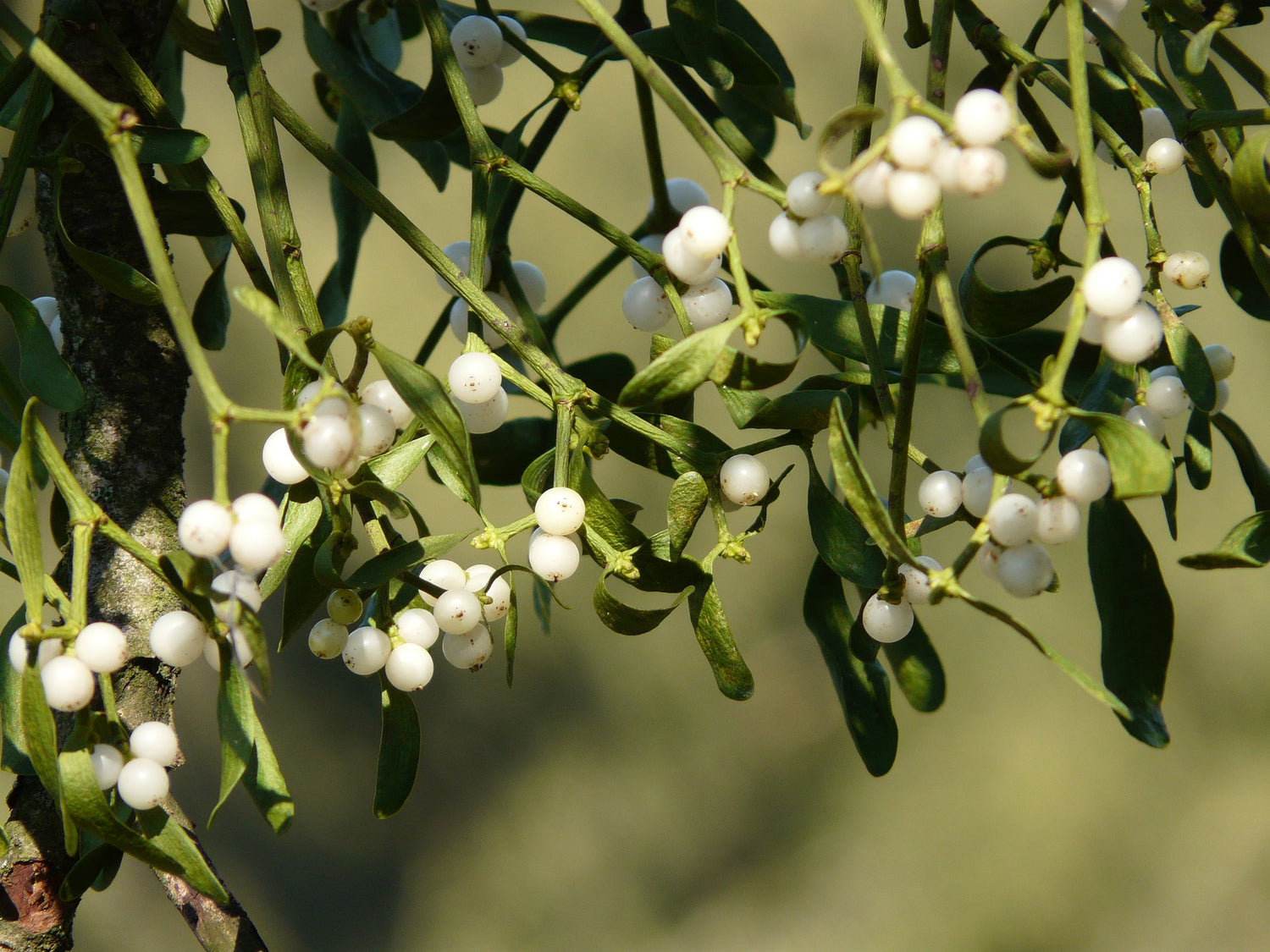
The power of nature
Our medicinal plants
Harnessing the healing powers of nature for health and quality of life has been the highest priority and goal of Harras Pharma Curarina Arzneimittel GmbH for over 70 years. We combine traditional knowledge of medicinal plants with the latest scientific advances in medicinal plant science and medicine.
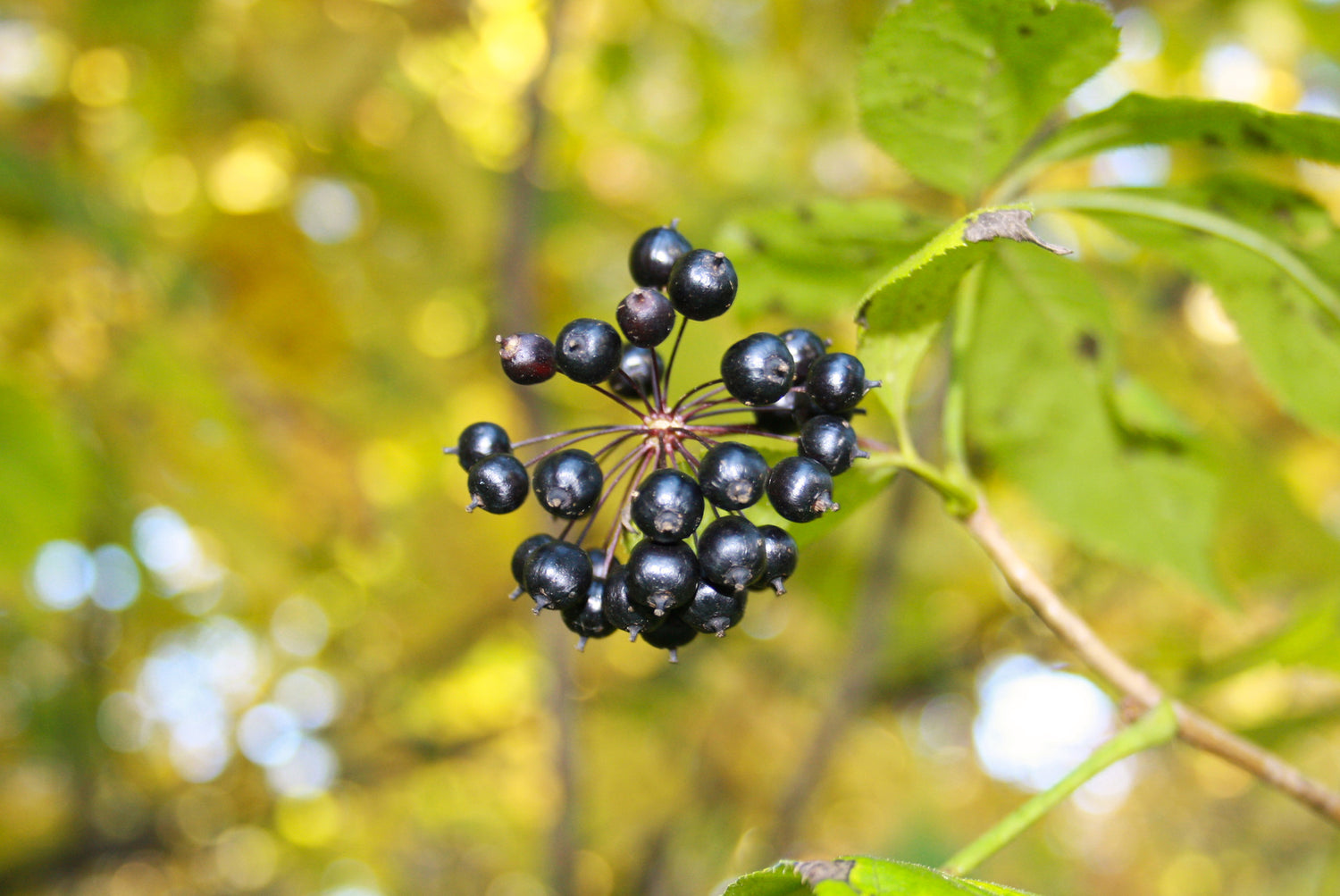
Eleutherococcus
Eleu root (Siberian ginseng) has been strengthening the body and mind for centuries. Its adaptogenic effect puts the body into a state of increased resistance, for example, to harmful external factors and environmental stress.
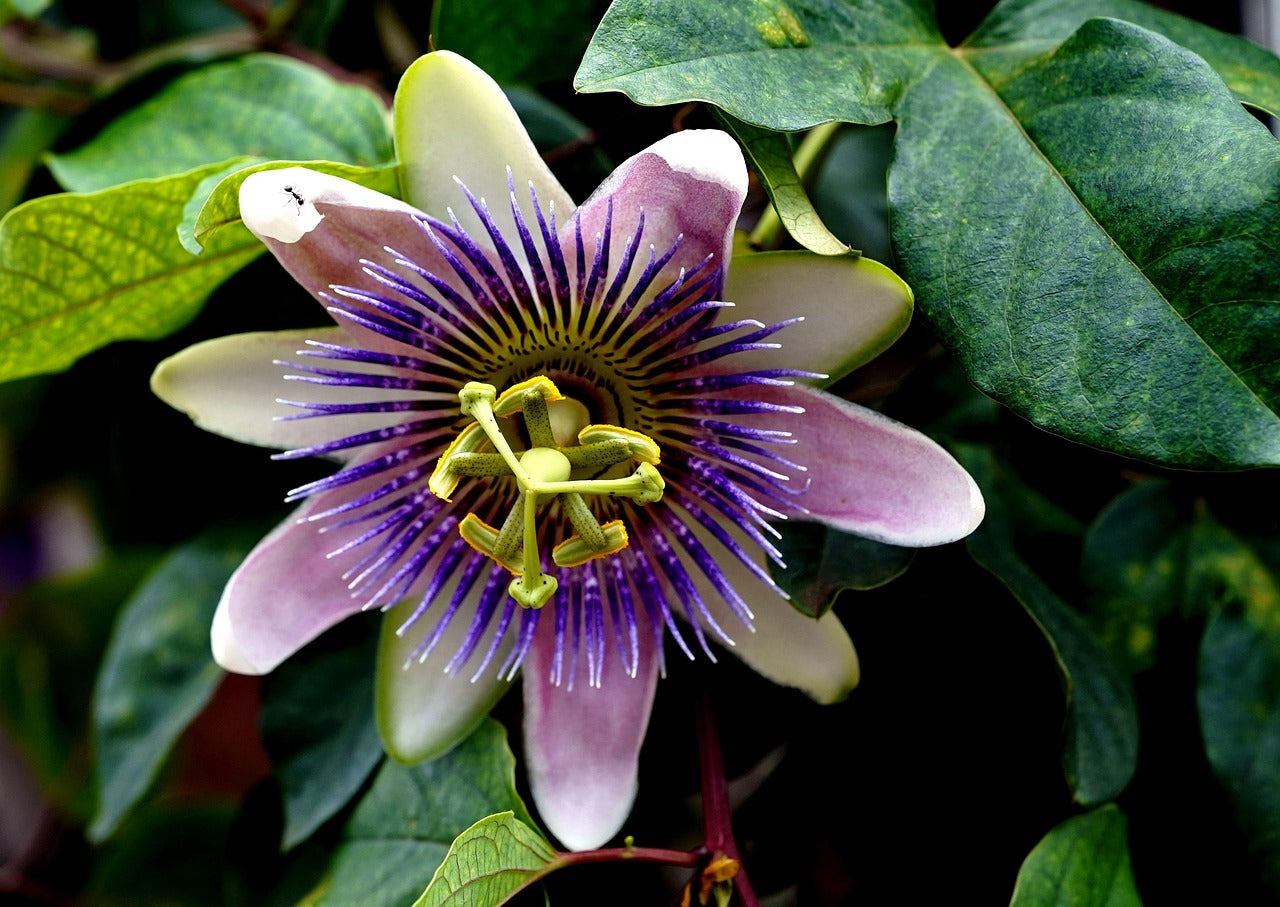
Passionflower
Passiflora (Passiflora incarnata) is traditionally used in European phytotherapy to improve well-being in cases of nervous stress and to promote sleep. Its therapeutic efficacy in nervous restlessness has been documented in national and European monographs.

mistletoe
Mistletoe is still considered a lucky charm and a symbol of fertility. Traditionally, it was used in herbal preparations for strengthening. In naturopathy, it is used to support circulation and regulate blood pressure.
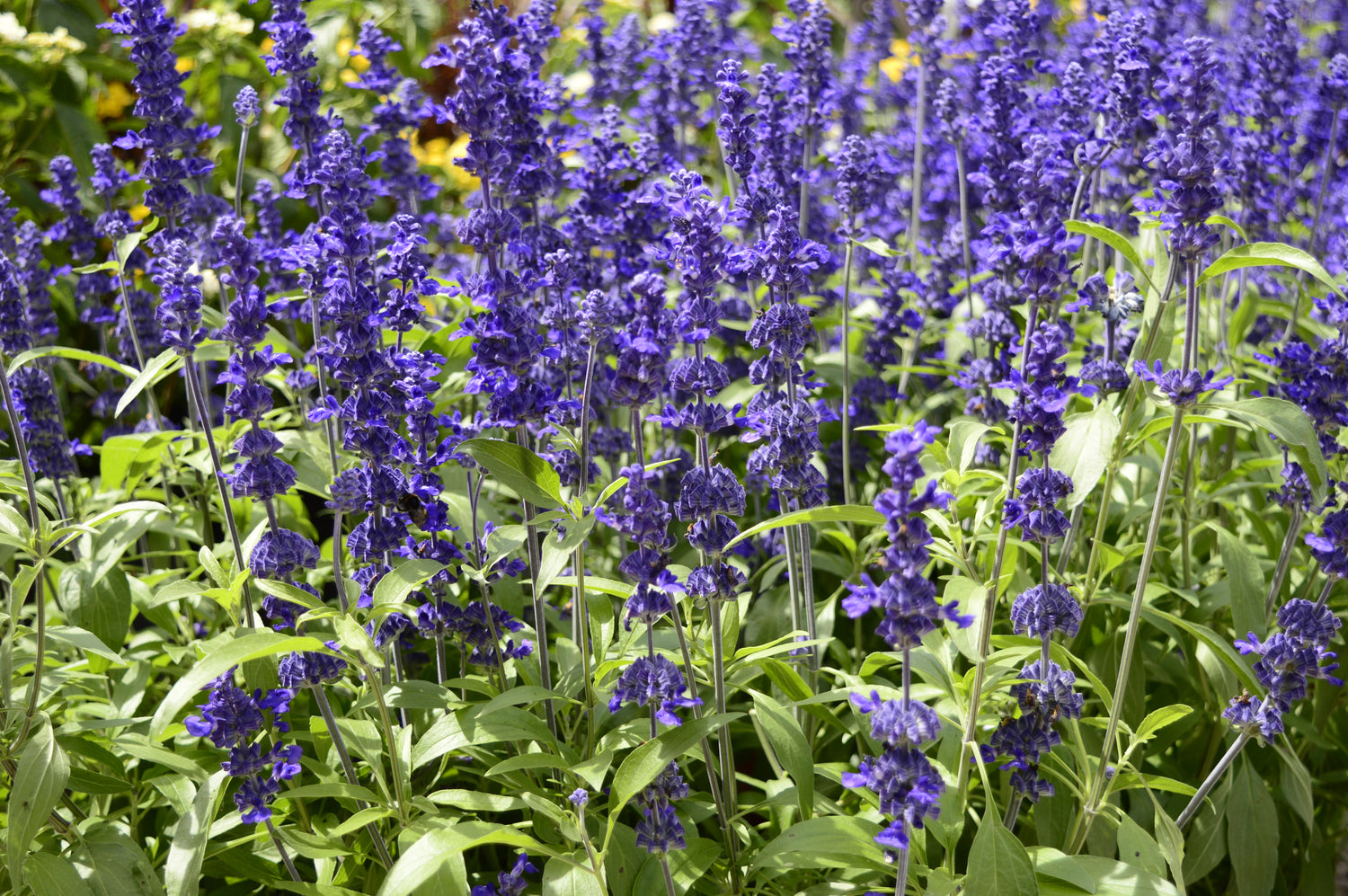
sage
Sage (Salvia officinalis L.) Sage is traditionally used as a gargle to relieve the symptoms of inflammation in the mouth and throat.
When taken internally, it inhibits sweat production. It is particularly helpful against hot flashes during menopause.
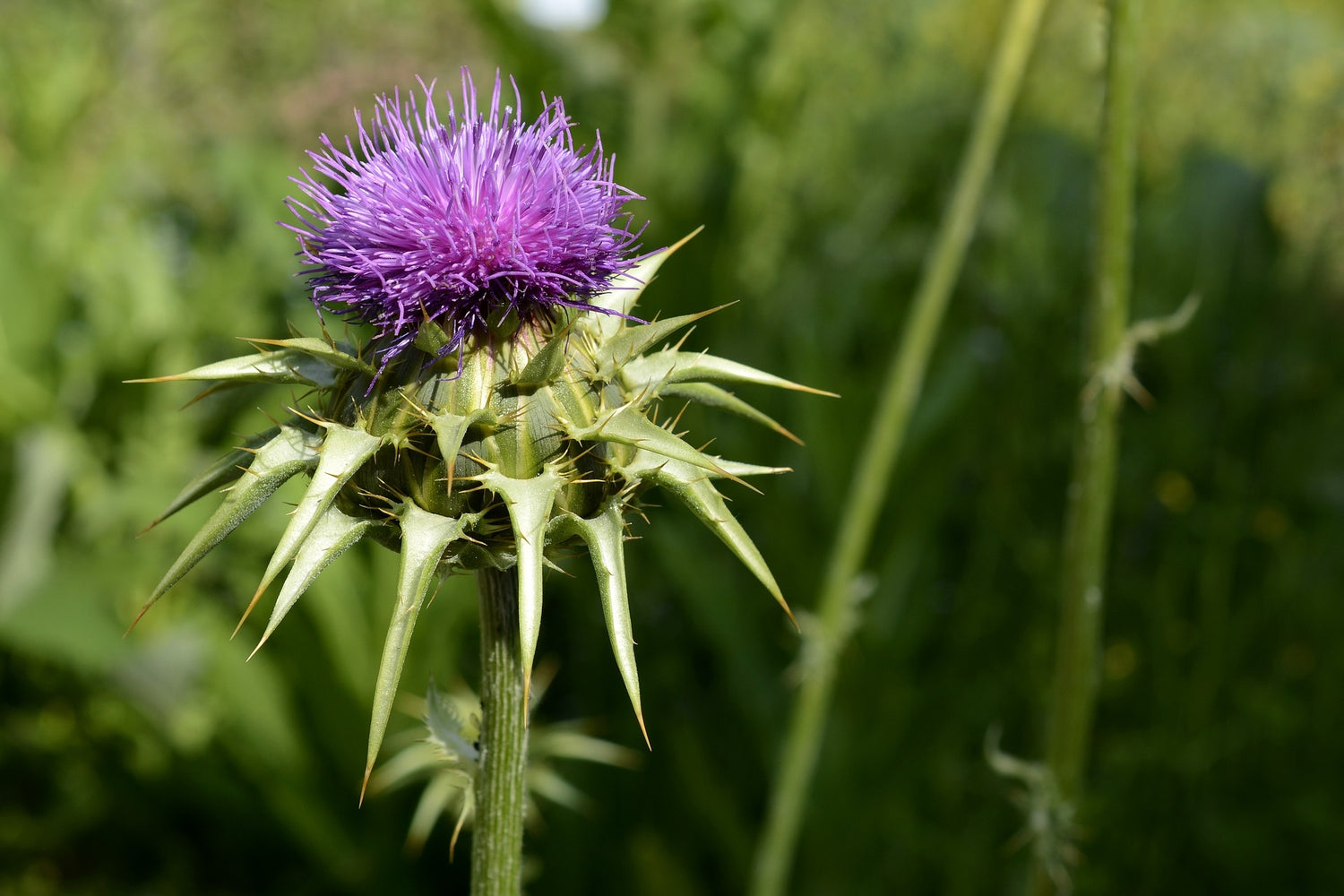
Milk thistle
Milk thistle (Silybum marianum) has been known for its liver-protecting properties since ancient times. As early as the 19th century, it was used as a remedy for the liver, spleen, and gallbladder.
Homeopathy is applied on the basis of an individual diagnosis that takes into account the patient’s specific clinical picture.
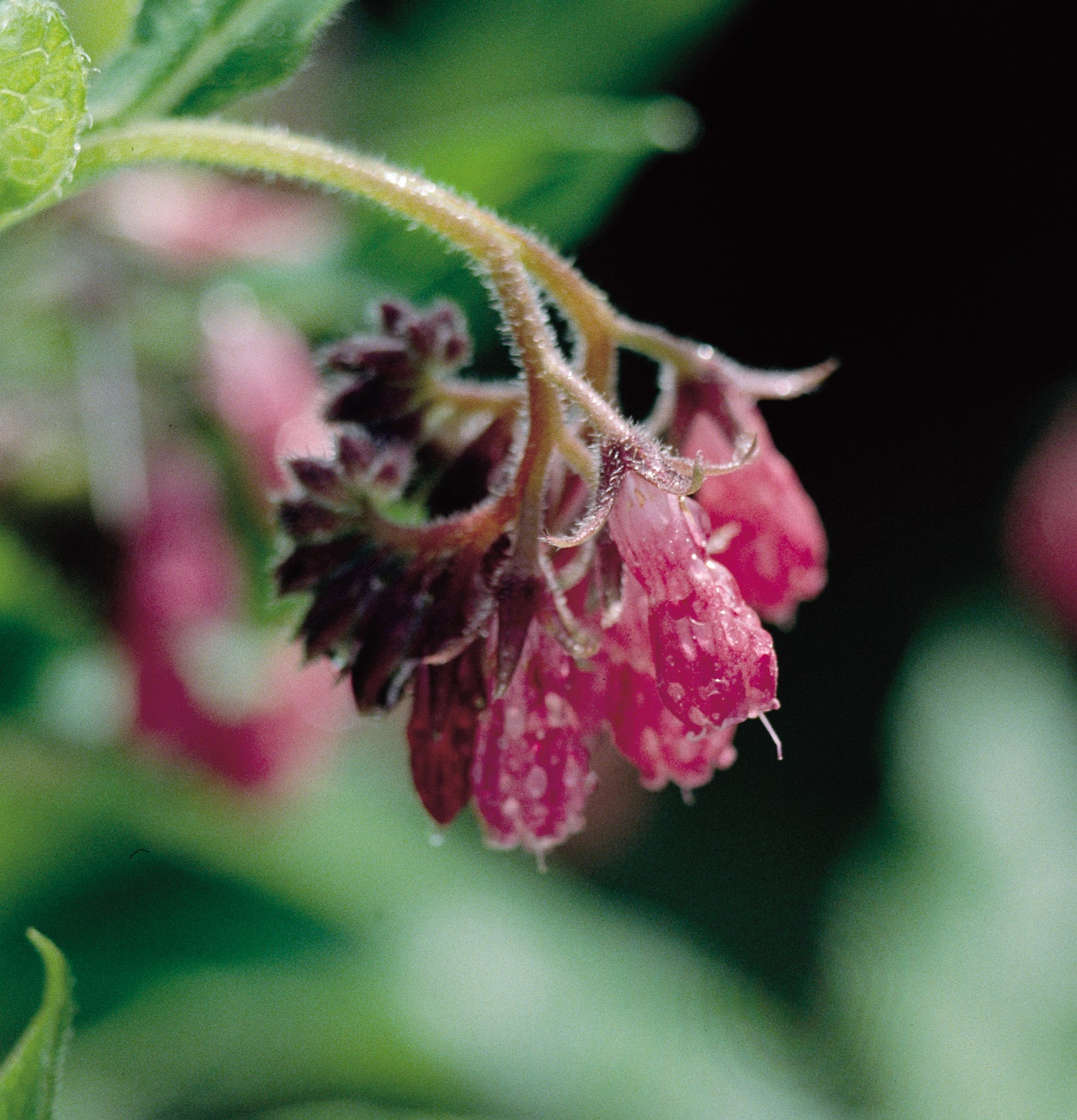
Comfrey
The comfrey plant has been used as a medicinal plant for centuries and was valued as early as the Middle Ages for its anti-inflammatory, pain-relieving and decongestant properties in the treatment of sprains, bruises, broken bones and even burns.
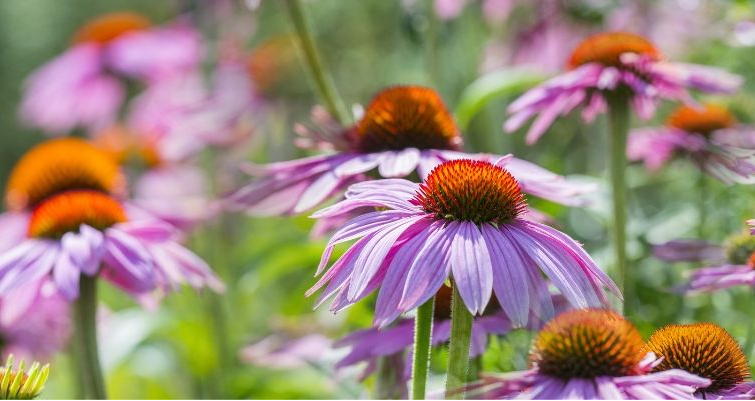
Echinacea
Echinacea has long been used as a medicinal plant, especially the purple coneflower (Echinacea purpurea). It helps with respiratory and urinary tract infections and, when applied externally, helps with slow-healing wounds.
For the red coneflower, the pressed juice of the above-ground parts of the plant is used.
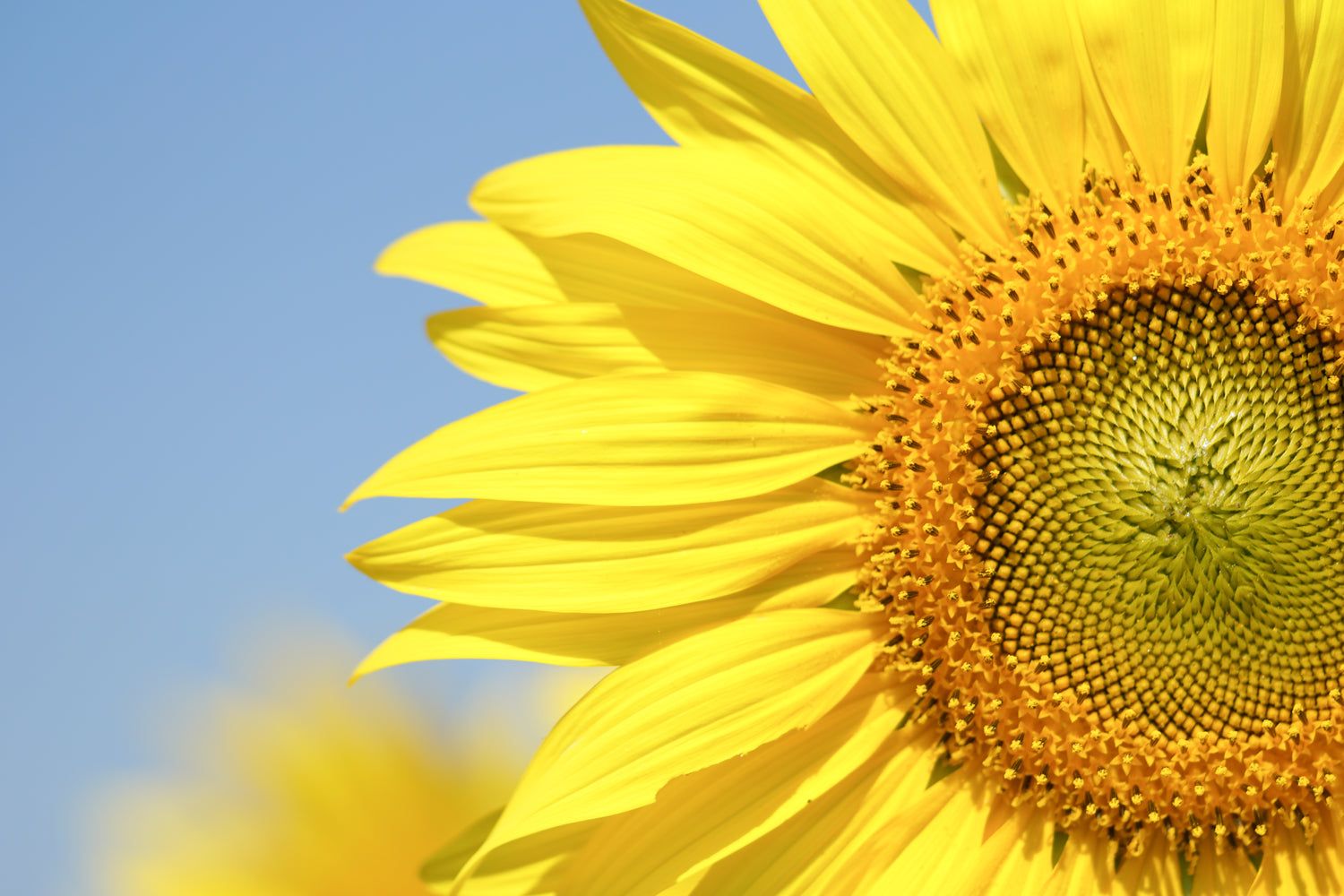
Sunflower
Natural vitamin E (RRR-alpha-tocopherol) is primarily obtained from sunflower seeds, whose oil is particularly rich in tocopherols. As an antioxidant, it protects against free radicals, supports skin regeneration, and provides moisture—ideal for dry skin.
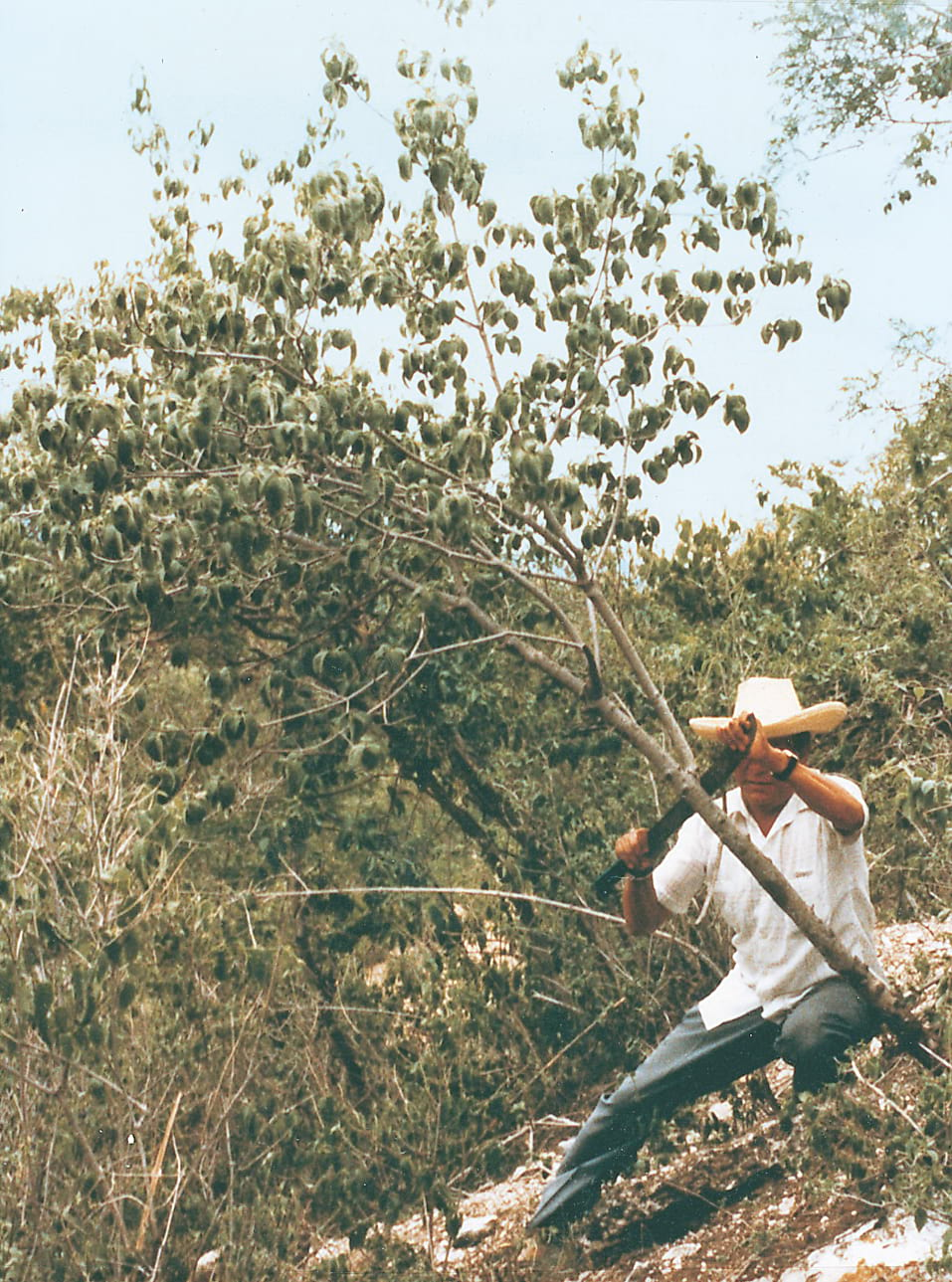
Hintonia latiflora
Hintonia latiflora (also called "copalchi") has been used as a tea for over 100 years (in Central and South America). The bark is peeled and crushed from the tree, with sustainable harvesting ensuring the tree's preservation.
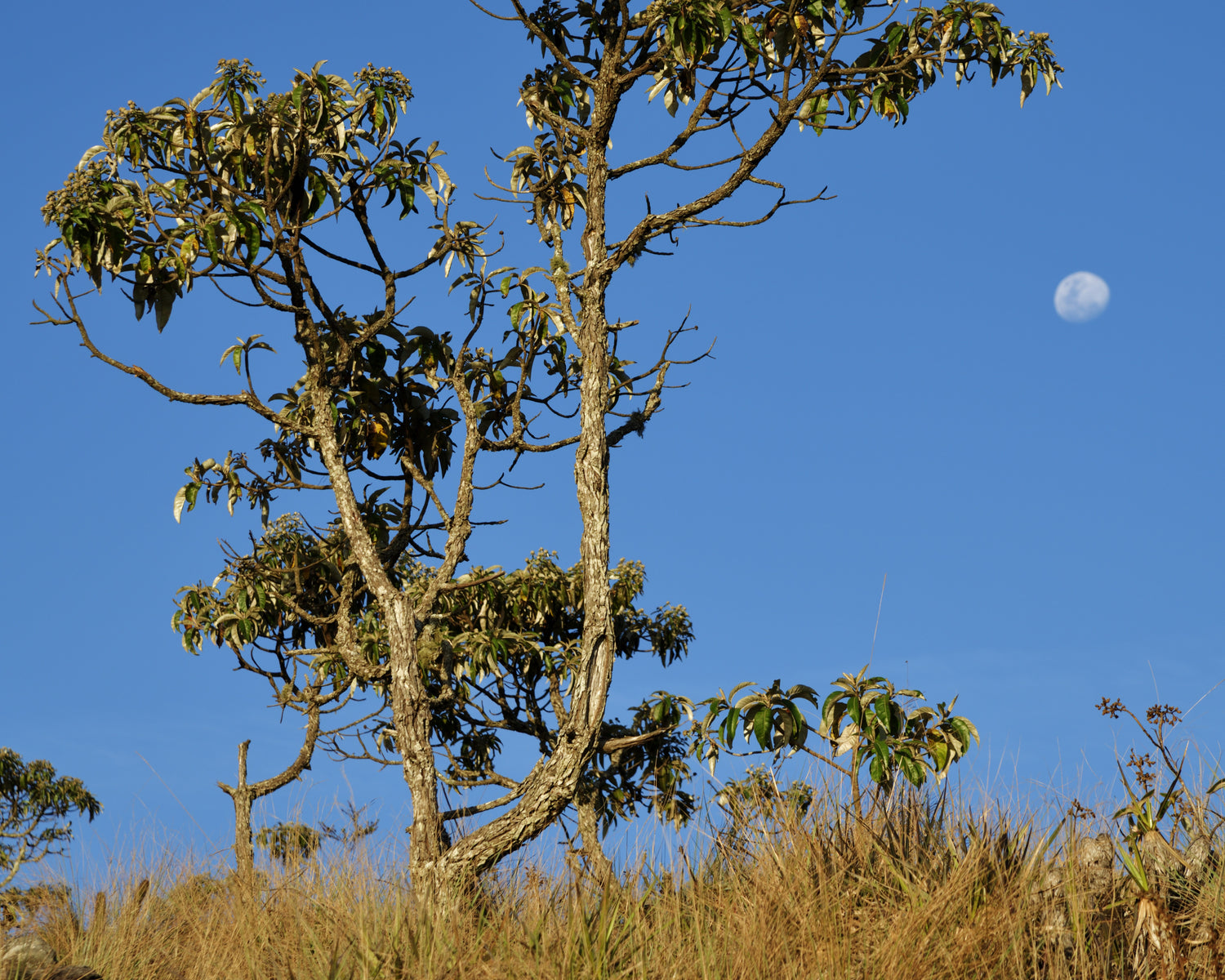
Candeia tree
The Candeia tree ( Eremanthus erythropappus ) is the most important natural source of (-)α-bisabolol, a skin-soothing and anti-inflammatory agent. α-bisabolol is obtained by distillation of the wood and then purified.
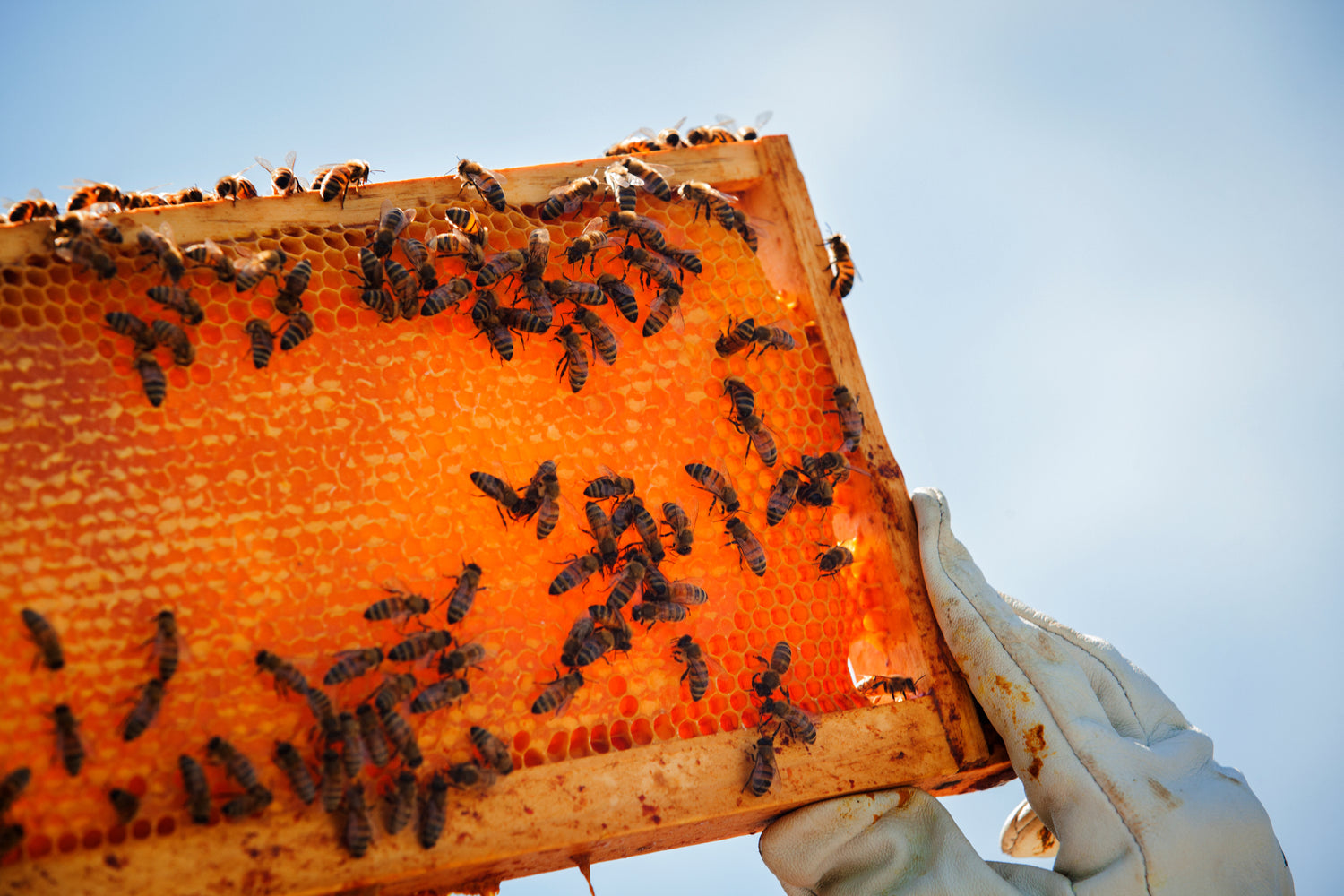
Propolis
Propolis is a resin collected by bees from buds and leaves, which they mix with glandular secretions, pollen, and wax. In the hive, it serves as a seal and protects against pathogens. Humans have used its antimicrobial and biological properties for thousands of years.
